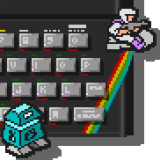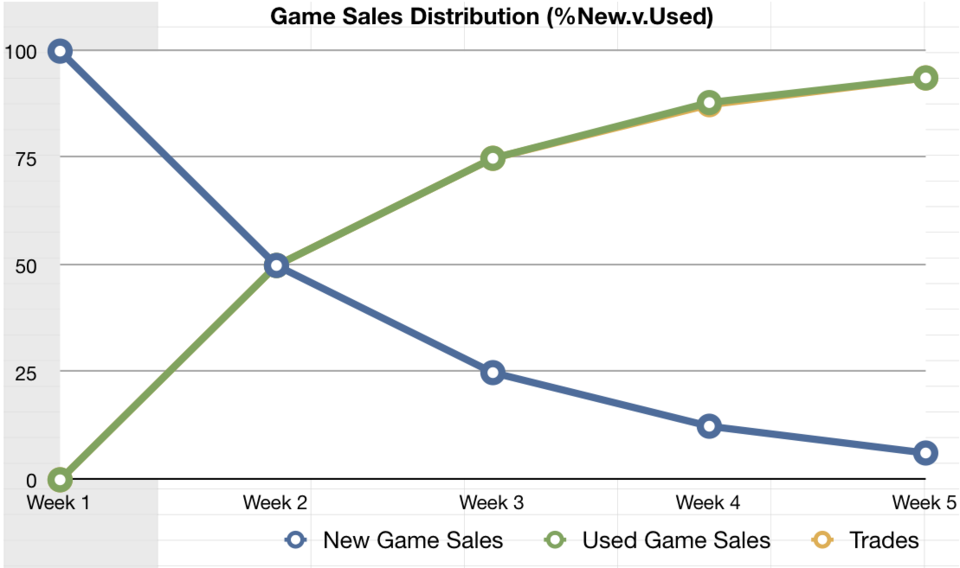Return to Skylands
By Xantiriad 0 Comments
I've spent about 4-5 hours playing Skylanders Superchargers - the 5th full game in the series - with my daughter. After the disappointment of Trap Team, I thought I'd share some of my initial thoughts as a Skylanders fan.
The Good
- This is definitely a return to what makes the series great.
- The new toys are fantastic: the vehicles are really detailed with moving parts, and actually feel like toys. My daughter and I love them. The new and revised characters are also beautiful models and far more dramatic and interesting than last year's f'ugly Trap Masters.
- They've have done away with the slow, overpowered and cumbersome characters (Giants / Trap Masters): the new characters play and feel more contemporary with the Core and Swap Force designs.
- The vehicles augment the player's Skylander in much the same way the base-unit worked with Swap Force. They essentially dictate the type of mini-game or challenge event you'll play: land, sea and air racing or combat.
- Gone are the 8 (10 in Trap Team) elemental gates that used to lock away hats and puzzle zones: there are now only 3 types of gate: land, sea and air gates. You therefore only need a sea and air vehicle, in addition to the base pack, to visit every location in the game. This is a major improvement over the previous games, and especially Trap Team that went too far with gated areas. Each story mission will have one of each gate type: land, sea and air. There are some challenges that are unlocked with the Vehicle + Super Charger combo, and there are three cups that can be acquired to unlock 3 additional boss challenge tracks. However, it is a much lower barrier to entry now. Much like Disney Infinity 3.0, there has clearly been a conscious effort to simplify and reduce the minimum cost burden; making it much easier for parents and consumers to understand.
- The collectables have also been streamlined. Random item chests now replace the old mixture of hats, stories, legendary treasures, discounts, skystones cards, and soul gems. Each mission will have 5-7 chests that dispense a random collectable rather than there being a specific collectable in an area. You can also find new Wishstones that can be used at the hub world to cash in for a random item. This makes a lot of sense and certainly removes the frustration of not being able to get an item because it may be protected by an element gate (which in turn have been simplified to just 3!)
- Skystones has been overhauled into a pretty decent deck building card game: you now have elemental bonuses and the ability to build decks for different characters to play.
- There is loads of extra content: online and offline racing, online co-op, side quests for each vehicle and Supercharger, challenges, boss fights, and more.
- Some of the previous Skylanders look really good in this release. The digital character models have had an overhaul compared to Trap Team
- The Wii U and 3DS versions have cool Amiibo hybrids of Bowser and Donkey Kong, each with a unique land vehicle
The Bad
- Some of the previous Skylanders abilities have been nerfed where they would have been too powerful.
- The magical items now have no impact in game. They are all now Legendary Treasures that can be smashed for money
- Those stupid traps you bought: they unlock Skystones (that you can unlock anyway) or can be used as a temporary buff to your vehicle in races...so not much.
- The Nintendo characters and vehicles only work on the Nintendo platforms
The Ugly
- The new Portal is a bit cheap looking compared to the Trap Team and Swap Force bases. Luckily your previous bases will work just fine anyway.


Log in to comment